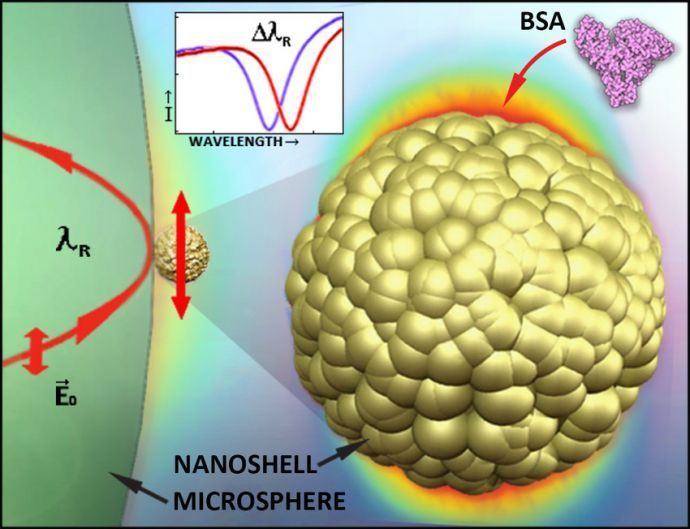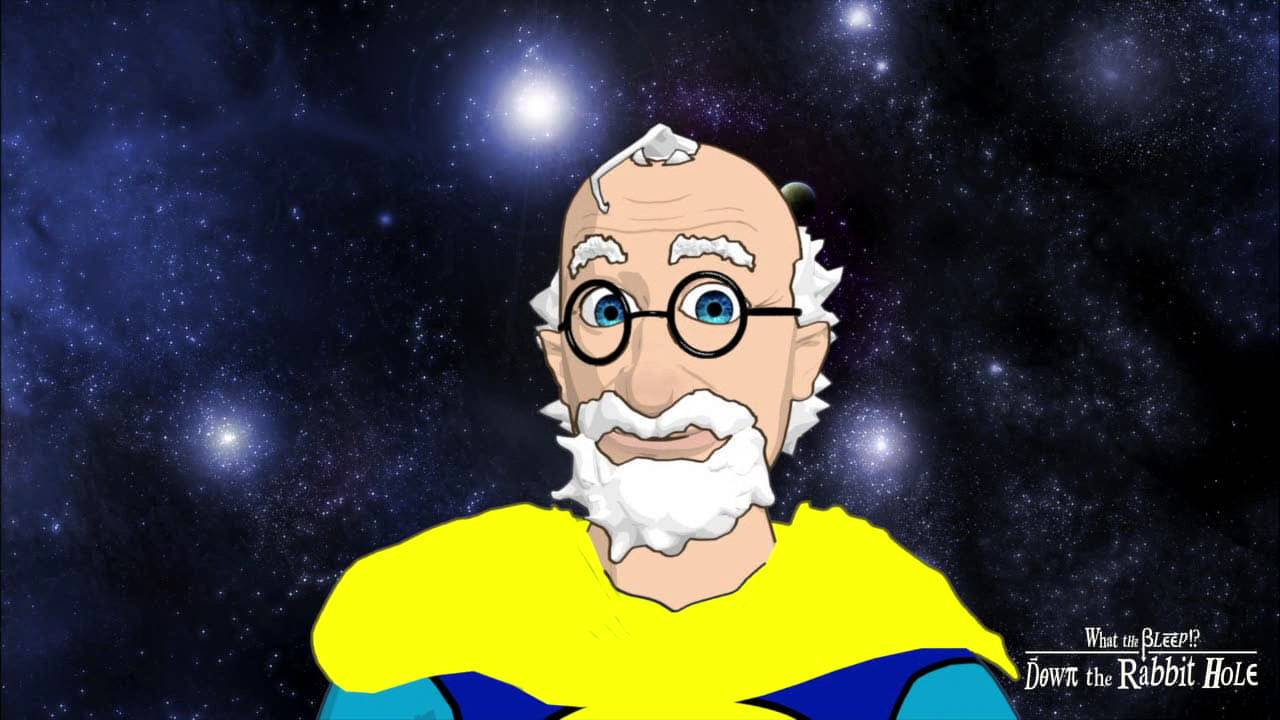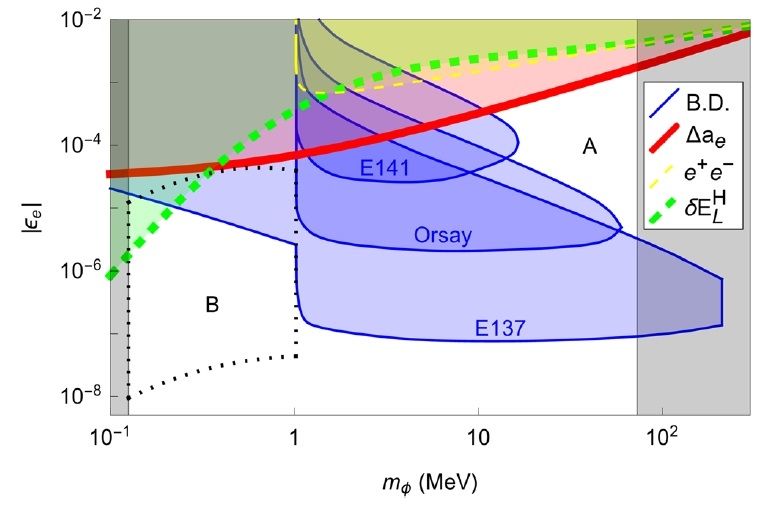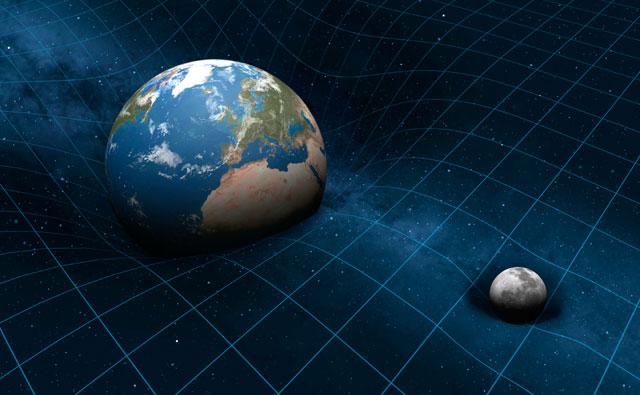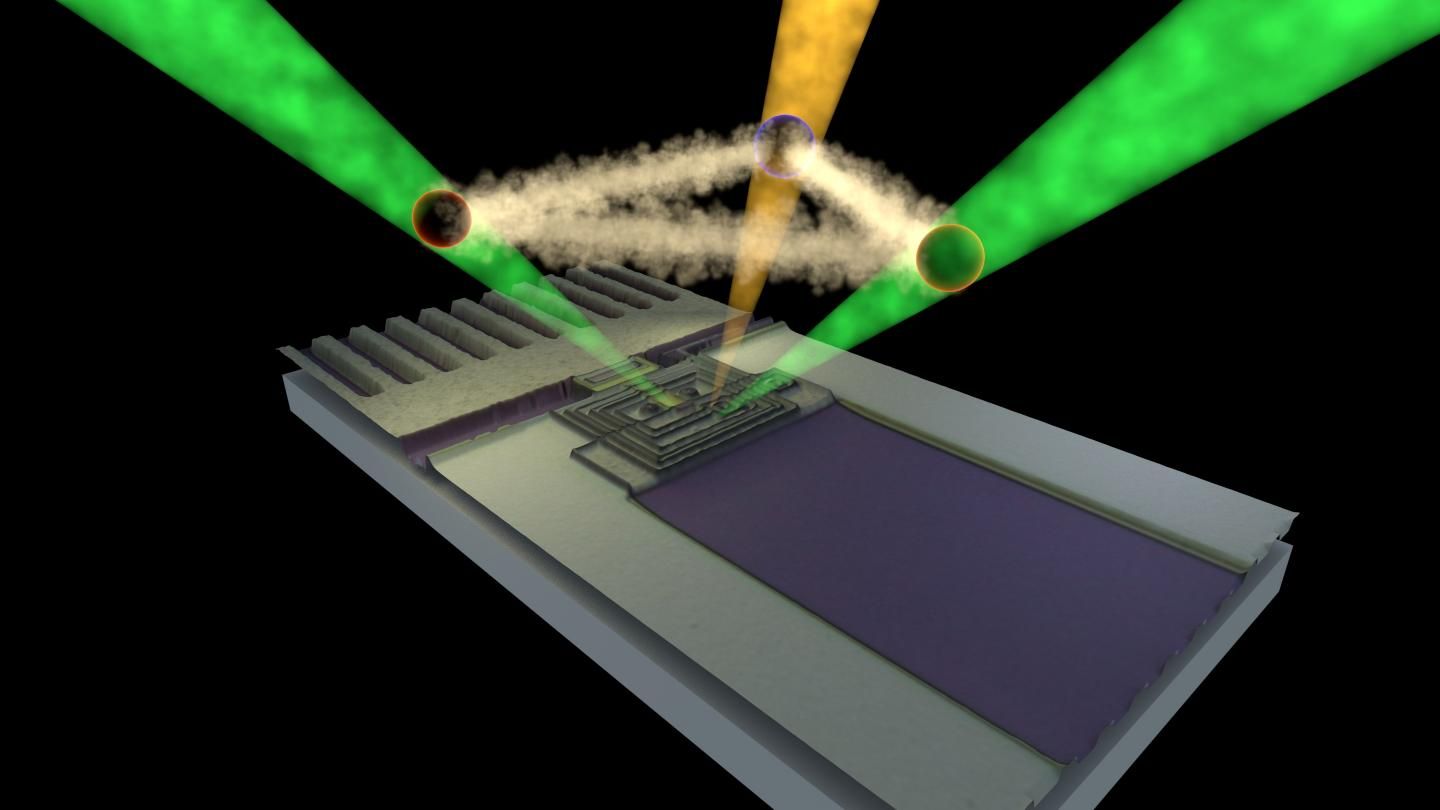Sep 13, 2016
Whispering gallery-mode biosensors are worth shouting about
Posted by Karen Hurst in categories: biotech/medical, particle physics
In early 2016 University Professor of Applied Physics Stephen Arnold earned a patent for his system for finding the size of one or more individual particles (such as nanoparticles) in real time using a microsphere’s whispering gallery modes.
Arnold and his team at Tandon’s MicroParticle PhotoPhysics Laboratory for BioPhotonics (MP3L) had generated excitement throughout the scientific community in 2012, when they created an ultra-sensitive biosensor capable of identifying the smallest single virus particles in solution.
Their technique was a major advance in a series of experiments to devise a diagnostic method sensitive enough to detect and a single virus particle in a doctor’s office or field clinic, without the need for special assay preparations or conditions. Normally, such assessment required the virus to be measured in the vacuum environment of an electron microscope, which added time, complexity and considerable cost.
Continue reading “Whispering gallery-mode biosensors are worth shouting about” »
